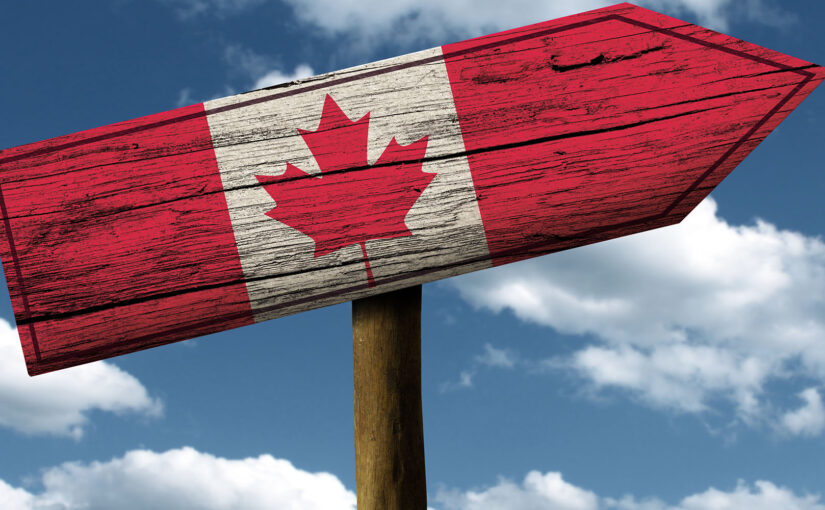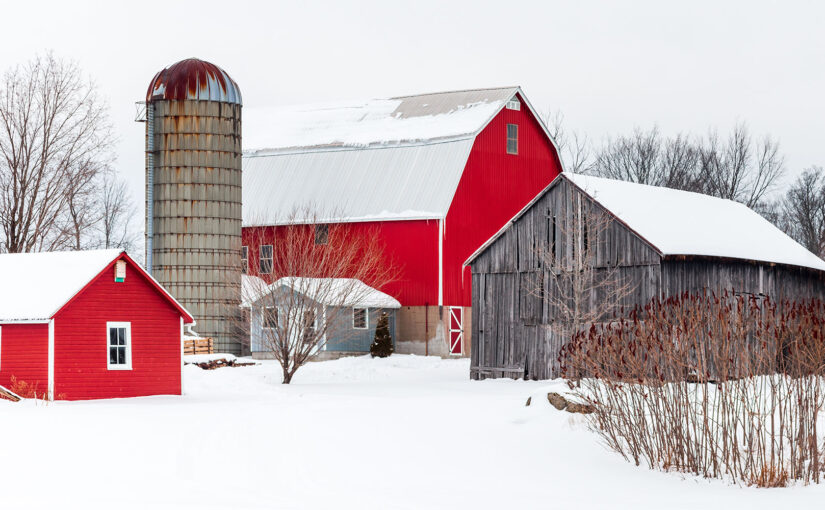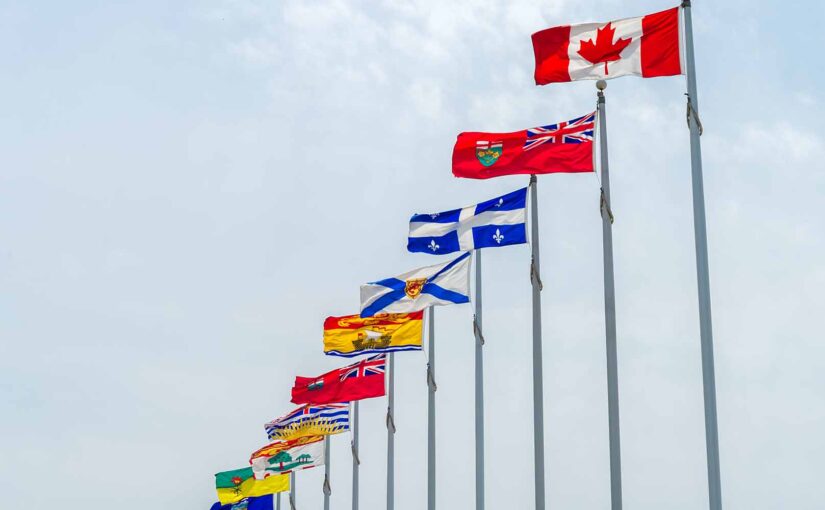Search this article on Google: “Understanding the Legal Framework of Immigration Detention Rules and Provisions”
Understanding the Legal Framework of Immigration Detention Rules and Provisions in Canada
In Canada, the norms and laws surrounding immigration detention are nuanced and complex, often requiring legal interpretation. This guide aims to provide a comprehensive overview of these laws and provisions.
- The Immigration and Refugee Protection Act (IRPA)
- Detailed Provisions:
- Section 55 of IRPA allows the Canada Border Services Agency (CBSA) to detain permanent residents or foreign nationals on reasonable grounds.
- Under Section 58, the Immigration Division (ID) of the Immigration and Refugee Board of Canada (IRB) conducts detention reviews within 48 hours of detention, seven days after the first review, and every 30 days thereafter.
- Section 245 of the IRPA Regulations details factors that the ID considers in conducting detention reviews.
- Detailed Provisions:
- The Canadian Charter of Rights and Freedoms
- Pertinent Aspects:
- Section 7: Protects the right to life, liberty, and security.
- Section 9: Protects individuals from arbitrary detainment or imprisonment.
- Section 10: Gives detainees the rights to be informed promptly of the reasons for their detention, to retain and instruct counsel without delay, and to have the validity of their detention determined by way of habeas corpus.
- Pertinent Aspects:
- The United Nations Convention Relating to the Status of Refugees
- Also known as the 1951 Refugee Convention, this international law provides guidelines for the legal obligations of States to protect refugees and asylum seekers.
- The United Nations Convention Against Torture
- Prevents states from expelling, returning, or extraditing a person to another state where there are substantial grounds for believing that he/she would be in danger of being subjected to torture.
- Jurisprudence
- Jurisprudence, or court decisions, also play a critical role in interpreting and applying immigration detention law in Canada.
- For example, the Supreme Court of Canada’s decision in Charkaoui v. Canada (Citizenship and Immigration) shed light on the balance between national security concerns and the Charter-protected rights of the individual.
These are just a few examples of the laws and precedents that shape immigration detention in Canada. For a full understanding of how these rules are applied, it is always best to consult with a legal expert well-versed in immigration law.









